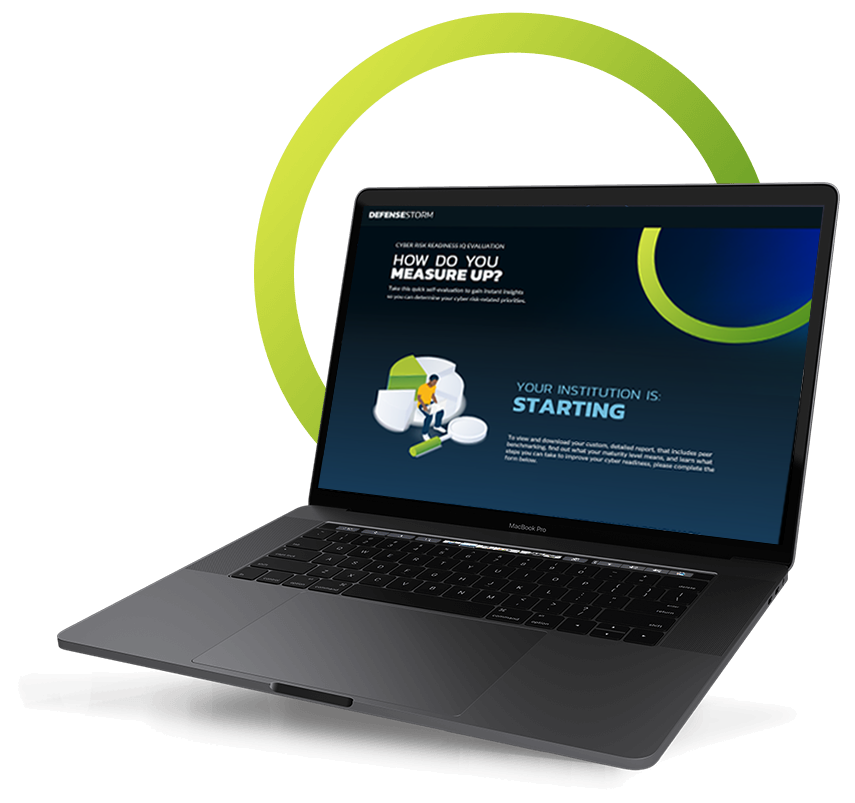YOUR CYBER RISK READINESS IQ
Prevent
Fraud
A robust anti-fraud framework helps prevent money from ever leaving your institution

YOUR CYBER RISK READINESS IQ
A robust anti-fraud framework helps prevent money from ever leaving your institution

As fraudsters advance their tactics, you must also advance your techniques for detection and prevention. A strong offense includes systems and technologies that monitor against cyber fraud attack vectors. An offensive stance paired with defensive strategies, such as transaction monitoring, protects you and your customers or members from fraud.

What the survey shows and what you can do with it.
37% OF RESPONDENTS USE SECURITY TOOLS TO ALSO HANDLE FRAUD DETECTION – AN INEFFECTIVE APPROACH TO CATCHING THESE TYPES OF CRIMES.
Apples and oranges – It’s critical to use technology designed specifically to stay ahead of evolving fraud threats.
20% STILL FOCUS ON CATCHING FRAUD MANUALLY AND HAVEN’T CONSIDERED STRENGTHENING THEIR APPROACH TO CONTAINING CYBER FRAUD.
Advances in technology make it possible to identify and stop fraud before it happens, significantly reducing operating expenses and reputational damage.
80% OF FIS ARE VERY OR EXTREMELY CONFIDENT THEY CAN KEEP UP WITH THE THREAT LANDSCAPE, WITH HALF OF THOSE LEVERAGING INTERNAL AND EXTERNAL SOURCES TO DO SO.
Clearly, these FIs take fraud seriously enough that when they lack the resources, they call out an outside ally for help.
Take this quick self-evaluation to understand your cyber risk readiness and how you stack up against your financial industry peers.
The outcome will help you identify areas where you are strong or where you have vulnerabilities or gaps and provide tangible recommendations for improving your cyber risk maturity.

In late 2022, DefenseStorm surveyed information security and IT professionals across the US. The goal was to benchmark the progress that companies are making against five components of effective cyber risk management. Based on their survey responses, respondents were grouped into four maturity levels:

Starting
On the ground floor, with significant room for improvement.

Developing
Average performer, with basic capabilities and much room for improvement.

Optimizing
Above-average performer, with solid capabilities and some room for improvement.

Leading
Among the top performers, with established best practices and limited room for improvement.

Datasheets
Fraud Detection provides a proactive approach to stop fraud before funds ever leave your financial institution with active threat detection that correlates information from your network, online banking platform, core, and the dark web providing real-time alerts and intervention.

Webinars & Videos

Insights
With a resolute effort to unite against the threat of cyber fraud, Fraud Fusion Centers are being embraced across all industries to effectively combat cyber fraud.